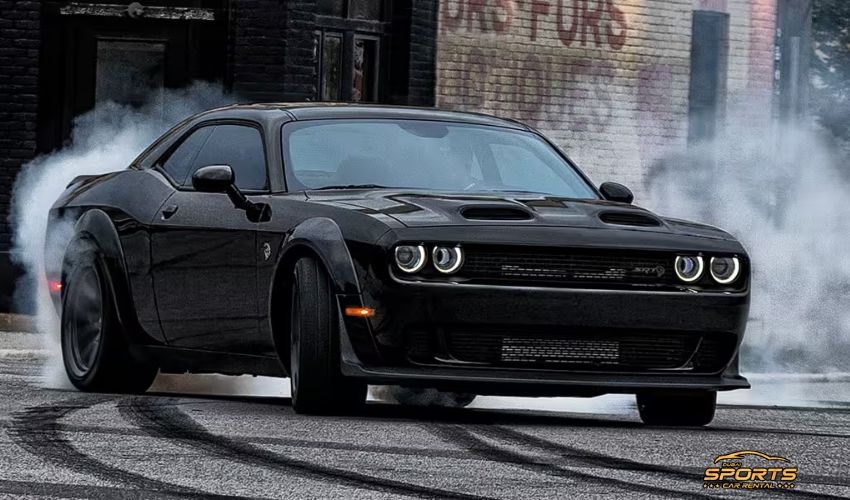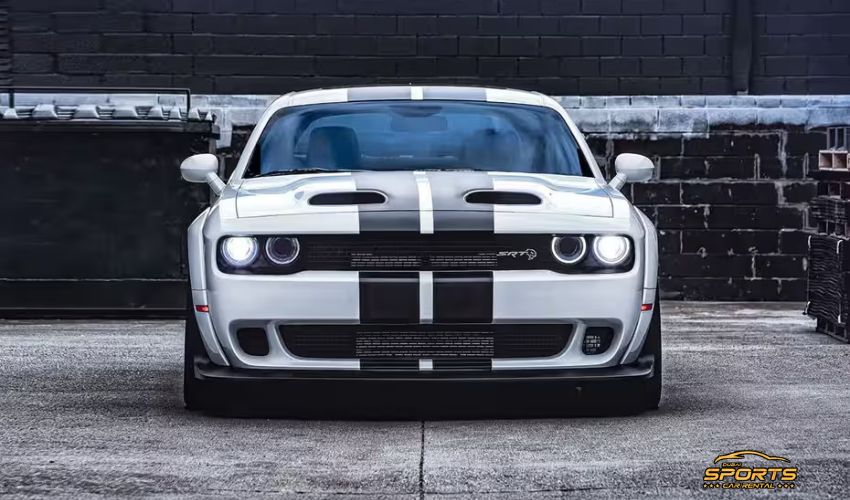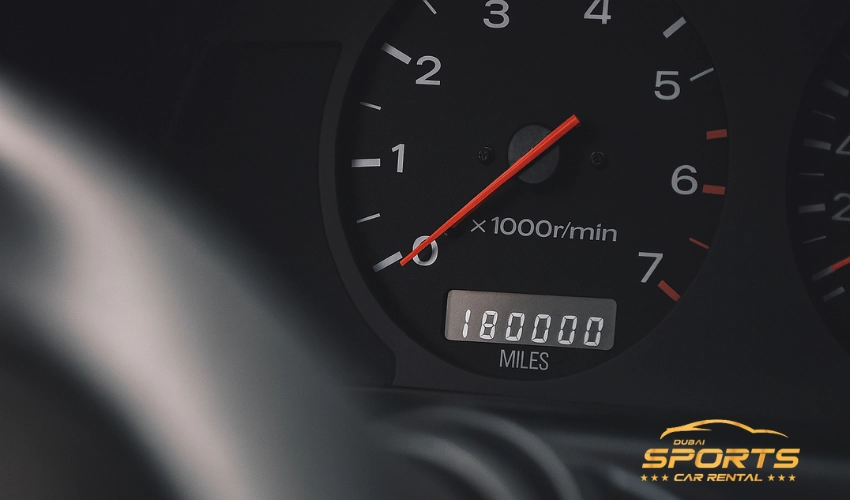What Makes a Sports Car vs. a Muscle Car
Sports cars prioritize agility, handling, and track performance. They feature lightweight construction, precise steering, and balanced weight distribution. Think Porsche 911, BMW Z4, or Toyota Supra.
Muscle cars focus on straight-line acceleration and raw power. They typically weigh more, offer comfortable rides, and emphasize horsepower over cornering ability. The Challenger fits this description perfectly.
Differences Between Sports Cars and Muscle Cars
| Feature | Sports Car | Muscle Car |
| Weight | 2,800-3,200 lbs | 4,000+ lbs |
| Primary Focus | Handling & agility | Straight-line power |
| Seating | 2 seats (some 2+2) | 4-5 seats |
| Suspension | Firm, track-tuned | Comfort-oriented |
| Engine Layout | Various | Front-engine, RWD |
Why the Challenger is not a True Sports Car

The Challenger weighs over 4,000 pounds in most configurations. It “won’t be confused for a sports car” and drives “much different than its nimbler rivals”.
The Challenger’s massive size works against its classification as a sports car. It measures nearly 200 inches in length and weighs 4,449 pounds for the SRT Hellcat.
Sports cars typically weigh 1,000 to 1,500 pounds less. Weight affects every aspect of performance:
- Slower acceleration despite high horsepower
- Longer braking distances
- Reduced cornering capability
- Higher center of gravity
Handling Characteristics
Experts at Dubai Sports Car Rental describe the Challenger as handling “like a raging bull seeing red, snorting aggressively and swaying threateningly”.
The steering feels “too numb,” and the car is “too soft in tight turns” compared to the Camaro and Mustang. Sports cars excel at:
- Sharp, responsive steering
- Minimal body roll
- Precise cornering
- Track-focused suspension tuning
The Challenger prioritizes comfort over precision, making it better suited for highway cruising than canyon carving.
The Muscle Car Classification Fits Better

Dodge officially markets the Challenger as a muscle car. The company describes it as “pure muscle power” and emphasizes its “brotherhood of muscle” heritage. The Challenger exhibits all traditional muscle car characteristics:
- Front-engine, rear-wheel-drive layout
- Powerful V8 engines (up to 717 hp in Hellcat form)
- Spacious interior with five-passenger seating
- Comfort-oriented suspension tuning
- Emphasis on straight-line performance
Engine Options Support Muscle Car Status
The Challenger offers multiple V8 options, including:
- 7L Hemi V8 (375 hp)
- 4L Hemi V8 (485 hp)
- 2L Supercharged Hemi V8 (717 hp
These engines prioritize torque and horsepower over high-rpm performance typical of sports car engines.
Insurance and Legal Classifications
Insurance companies often classify the Challenger as a sports car for premium purposes. One Reddit user about Challenger Car said: “My insurance, they sure as fuck called it a sports car”. Insurance classifications focus on:
- Theft rates
- Accident statistics
- Repair costs
- Demographics of buyers
Challenger’s Performance Comparison with True Sports Cars
While the Challenger produces impressive power figures, it can’t match the agility of a sports car. A base Porsche 911 weighs 3,354 pounds and corners far better than any Challenger variant.
The Challenger excels at drag racing but struggles on road courses. Its weight and size make it unsuitable for competitive track use against purpose-built sports cars.
Randy’s Reviews acknowledges the Challenger as “a good sports car” but notes that “what the Challenger lacks in agility, it makes up for in comfort.” Comfort prioritization contradicts sports car philosophy. Watch the video below:
The Grand Touring (GT) Car Alternative
Some automotive enthusiasts classify the Challenger as a GT car rather than a sports car or a muscle car. GT cars strike a balance between performance and comfort, making them ideal for long-distance driving. GT car characteristics include:
- Powerful engines for highway cruising
- Comfortable interiors
- Smooth ride quality
- Adequate handling without track focus
Final Words About Challenger as a Sports Car
The Challenger represents everything great about American muscle cars while highlighting why classifications matter. Dodge built a comfortable, powerful grand tourer that happens to look like a sports car.
Buyers who understand this distinction will appreciate what the Challenger actually offers rather than expecting something it was never designed to be.
Don’t let marketing confusion cloud your judgment; the Challenger excels as a muscle car, and that’s exactly what makes it special.
Frequently Asked Questions (FAQs)
Why do people call the Challenger a sports car?
The Challenger’s two-door coupe styling and powerful engines often create confusion. Many non-enthusiasts use the term “sports car” to describe any fast, two-door vehicle, regardless of its actual classification or performance characteristics.
Does the Challenger’s horsepower make it a sports car?
No. Horsepower alone does not determine sports car status. The Challenger’s weight, size, and handling characteristics are more important than its raw power output for proper classification purposes.
Are Camaro and Mustang sports cars?
Modern Camaros and Mustangs blur the lines more than the Challenger. They are lighter, handle better, and offer more focused performance variants, making them closer to sports cars than traditional muscle cars.
What’s the difference between a muscle car and a pony car?
Pony cars are smaller, lighter muscle cars based on compact platforms. The original Mustang created this category. Modern interpretations vary, but pony cars emphasize affordability and youth appeal over pure power.
Should I buy a Challenger if I want a sports car?
If you prioritize handling, agility, and track performance, choose a dedicated sports car. If you want straight-line power, comfort, and muscle car heritage, the Challenger excels in those areas.



